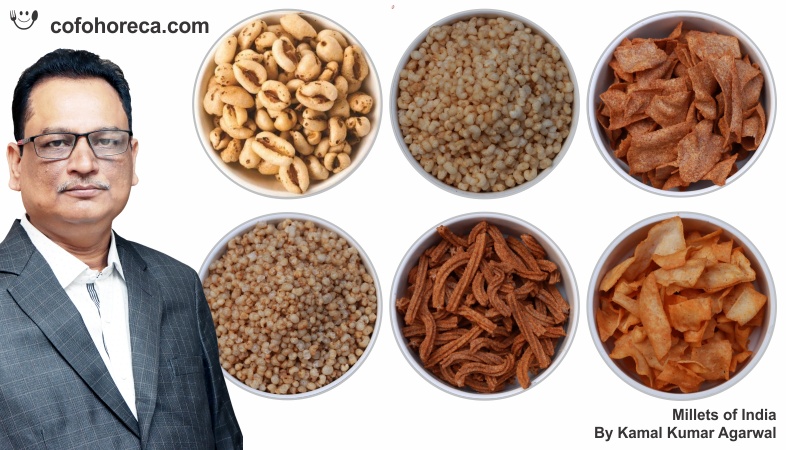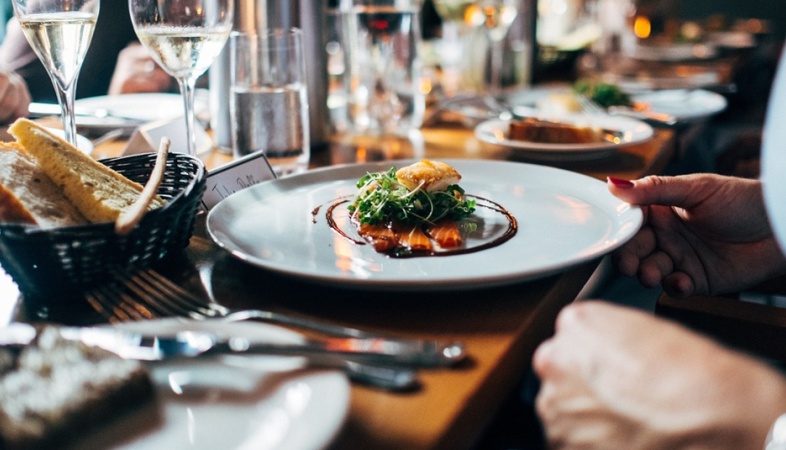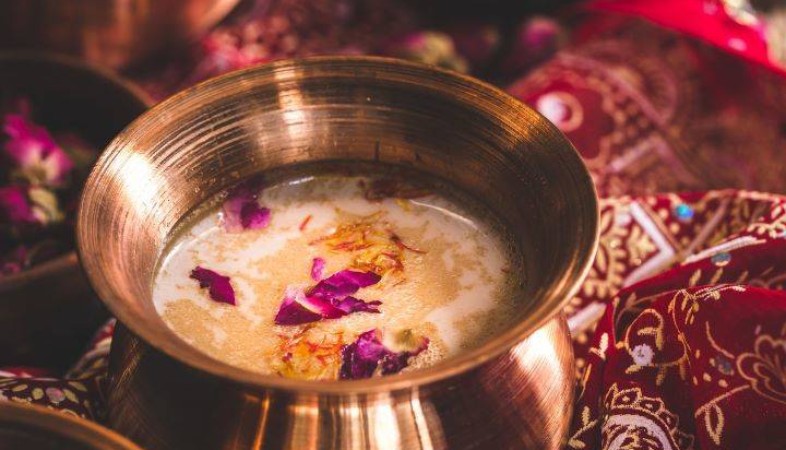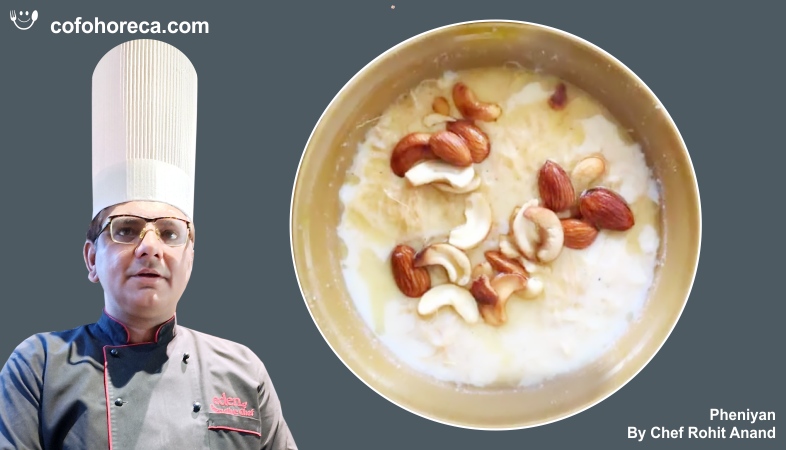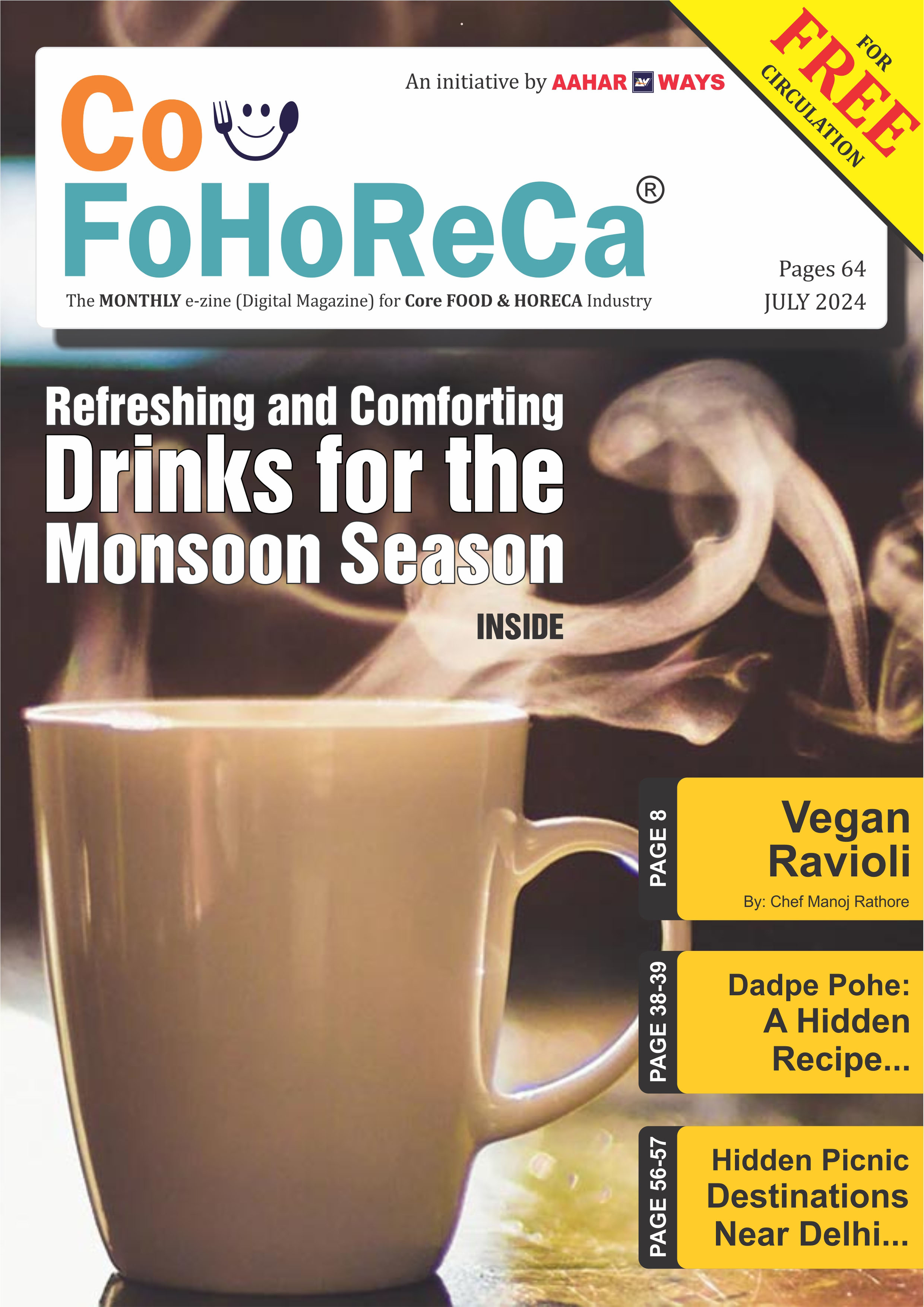The Journey of Coffee: From Bean to Cup
The coffee journey, however, extends beyond the cup and into the societal and cultural fabric of communities worldwide.

In the intricate world of coffee, the journey from bean to cup is a remarkable voyage, rich in history, cultural significance, and sensory pleasures. This essay explores the multifaceted process that transforms a humble coffee bean into the invigorating elixir that graces cups worldwide. The journey begins in equatorial regions, where coffee plants thrive in climates conducive to their growth. These regions, often referred to as the "Coffee Belt," include countries like Ethiopia, Colombia, Brazil, and Vietnam. Here, farmers carefully cultivate coffee plants, nurturing them through various stages of growth. The life cycle of a coffee plant involves meticulous care, from planting and flowering to harvesting the cherries that house the coveted coffee beans.
As the coffee cherries reach maturity, skilled hands meticulously harvest them, ensuring that only the ripest fruit is selected. This labor-intensive process often involves both manual picking and, in larger plantations, machine harvesting. The careful selection of cherries is a crucial determinant of the coffee's quality, flavor profile, and aroma. Once harvested, the journey continues with the extraction of coffee beans from their protective cherries. This process is known as milling or processing, and it varies depending on the desired end product. The two primary methods are the dry process, where the cherries are sun-dried before the beans are extracted, and the wet process, where the cherries undergo fermentation before the beans are separated.
After extraction, the green coffee beans undergo meticulous sorting and grading to ensure consistency in flavor and quality. The beans then embark on a global journey, often traversing oceans to reach coffee roasters worldwide. Roasting, a critical phase in the coffee journey, transforms green beans into the aromatic and flavorful coffee we know. Roasters carefully control factors such as temperature and duration to unlock the unique characteristics of each bean. This alchemical process not only affects the color and aroma but also plays a pivotal role in determining the coffee's taste profile, ranging from light and fruity to dark and robust.
Once roasted, the coffee beans are ground, opening the door to a world of possibilities in brewing. Coffee enthusiasts can choose from various brewing methods, each offering a distinct experience. From the classic drip brew to the sophisticated espresso, the choice of brewing method influences the intensity, body, and nuances of the final cup. The journey culminates in the moment when hot water meets ground coffee, releasing a symphony of aromas that awaken the senses. The art of brewing requires precision, as factors like water temperature, grind size, and extraction time impact the flavor profile of the finished cup.
As the brewed coffee fills the cup, it becomes a vessel carrying the legacy of its journey from bean to cup. The aroma, taste, and body of the coffee encapsulate the unique terroir of the region where it was grown, the expertise of the farmers who cultivated it, and the craftsmanship of the roasters who brought it to life. Coffee, more than a beverage, becomes a cultural ambassador, connecting people across continents through a shared appreciation for its complexities.
The coffee journey, however, extends beyond the cup and into the societal and cultural fabric of communities worldwide. Coffee houses, from bustling urban cafes to quaint village establishments, serve as social hubs where people gather, share stories, and savor moments of connection. The aroma of freshly ground coffee becomes intertwined with the cadence of daily life, evoking a sense of comfort and familiarity. Coffee ceremonies, a tradition in various cultures, elevate the act of brewing and sharing coffee to a sacred and communal experience.
In recent years, the coffee journey has evolved to incorporate ethical and sustainable practices. The concept of "farm-to-cup" emphasizes transparency in the supply chain, ensuring that farmers receive fair compensation for their labor. Specialty coffee movements highlight the diversity of flavors inherent in different coffee varieties, encouraging consumers to explore the nuances of single-origin coffees. Additionally, environmentally conscious practices, such as shade-grown and organic coffee cultivation, aim to minimize the ecological impact of coffee production.
In conclusion, the journey of coffee from bean to cup is a tapestry woven with threads of culture, geography, and craftsmanship. From the verdant coffee plantations of origin to the bustling cafes where conversations flow as freely as the brew, every step in the process contributes to the rich tapestry of coffee culture. Beyond its sensory pleasures, coffee becomes a conduit for connection, a shared experience that transcends borders and brings people together. As we savor that cup of coffee, we partake in a global journey that begins with a single bean and unfolds into a world of flavors, stories, and shared moments.
.png)




